Vänskä strikes sparks with New World in Nordic program
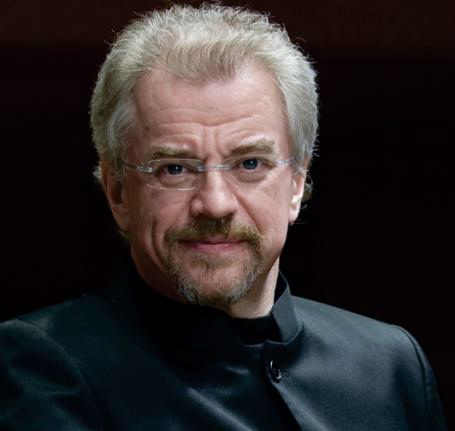
Osmo Vanska led the New World Symphony Saturday night in music of Aho, Sibelius and Nielsen. Photo: Ann Marsden.
A bracing blast of Nordic music came to Miami Beach Saturday, as the New World Symphony played works hailing from Finland and Denmark.
Leading the orchestra at New World Center was the renowned conductor of the Minnesota Orchestra, Osmo Vänskä, a native of Finland who just two weeks ago showed off his orchestra in a performance at the Arsht Center in Miami.
The concert opened with Minea, a 2008 work composed for Vänskä’s Minnesota Orchestra by the Finnish composer Kalevi Aho. The work, based on a two-note motif, is all momentum, acceleration and crescendos, providing an energetic opening to the concert.
Aho is a brilliant orchestrator—imagine a sort of Nordic Rimsky-Korsakov. He has crafted a work that showed off the orchestra, giving the percussion section a real workout, composing evocatively for winds—including a darkly effective part for the contrabassoon—and writing frantic music for the strings. At the beginning, he achieved a scary effect by having the brass players blow into their instruments without emitting tones, producing the sound of wind blowing across an icy landscape.
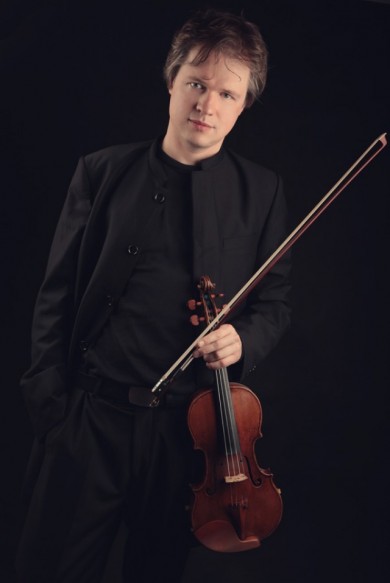
Henning Kraggerud
The Norwegian violinist Henning Kraggerud took a robust, extroverted approach in the Sibelius Violin Concerto. Dramatic in appearance, with long hair that fell over his eyes, Kraggerud looked the part of the heroic virtuoso, and his absolutely secure technique and huge sound delivered an exciting performance. The concerto’s Arctic bleakness—an essential element of its character—wasn’t much in evidence. The opening theme, for example, a lonely melody played over a shimmering strings, was performed in an assertive, vibrato-heavy style that didn’t seem to fit the music.
To a greater extent than most violin concertos, the work lives on the instrument’s lower strings, and Kraggerud showed himself to be a master of the violin’s darker side, playing with crisp and thrusting brilliance in a first-movement passage that went rapidly up the violin’s lowest string, and deploying a deep, throaty, hall-filling tone. As an accompanist, Vänskä displays little deference to the soloist, almost seeming to challenge the violinist to stand up to the orchestra. Kraggerud did so effectively, particularly in the second movement as the violin ascends in trills and octaves far into the upper register against the full orchestra at high volume.
As an encore, Kraggerud played his own Fantasy on a Theme by Ole Bull, the 19th-century Norwegian violinist whose music Kraggerud has recorded. It is a richly harmonic work with lots of chords and arpeggios, and was played with an improvisatory spirit that seemed to recall the old-time fiddle virtuosos.
Carl Nielsen, Denmark’s most celebrated composer, has received renewed attention in recent decades. But his music is rarely heard in South Florida, so it was welcome to see the orchestra program his best-known work, the Symphony No. 4, subtitled The Inextinguishable. Composed during the opening years of World War I, this is a work of hard-won optimism, which seems to spend much of its time in a sort of symphonic civil war—major contrasts with minor, two timpanists engage in a duel, and magnificent orchestral passages suddenly vanish in favor of spidery wind solos.
Vänskä embraced the work’s contrasts and extreme dynamics. He seemed to encourage extra quirkiness in the wind solos of the first movement. The big orchestral passages were very loud, and at what seemed to be a moment of maximum volume in the last movement, he appeared to be urging the brass section to even more effort. At times, particularly in the last movement, the sheer volume produced an unbalanced sound in which it was hard to hear what was really going on in the symphony. But this is a big orchestral work, and Vänskä drew from the ensemble a performance that left none of the work’s energy unexplored.
And Vänskä isn’t just fond of high volume. He led a sensitively phrased, richly played performance of the wind melody that opens the second movement, a performance made possible by the skills of the orchestra’s fine wind section. The two timpanists, Rajesh Prasad and Alan Stewart, seated at opposite ends of the orchestra, did a fine job with the last movement’s timpani duel, playing with thundering power and rhythmic precision.
Posted in Performances
One Response to “Vänskä strikes sparks with New World in Nordic program”
Leave a Comment
Sun Apr 1, 2012
at 3:19 pm
1 Comment

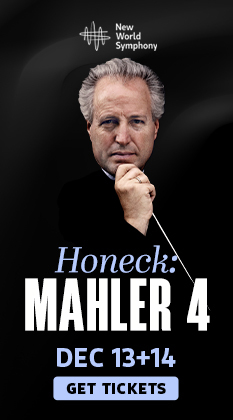
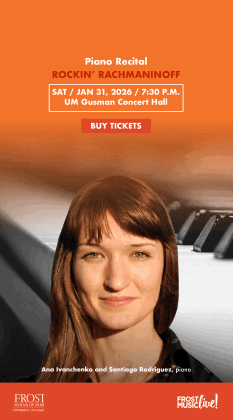

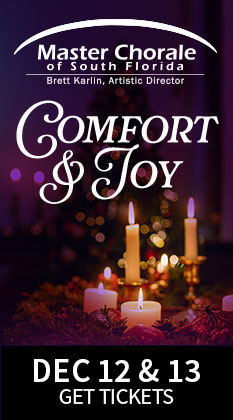
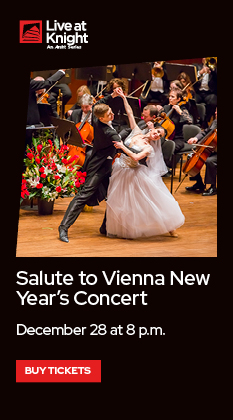
Posted Apr 04, 2012 at 8:37 pm by Eugene Scott
The concert was much more overwhelming then this review. I found it to be magnificent!